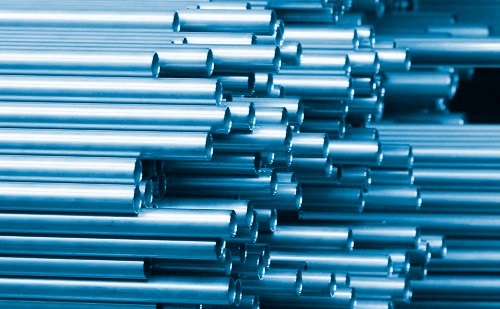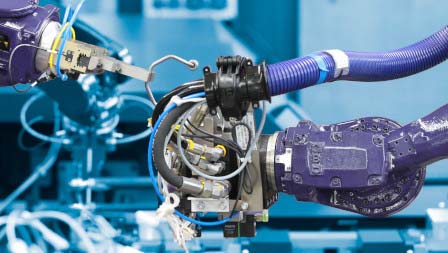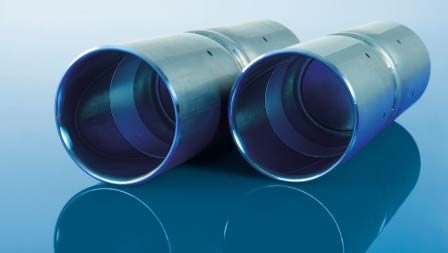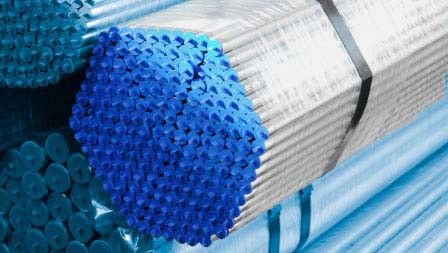Welded & drawn precision steel tubes
Dimensions
Materials
| Steel grade | Examples |
| Structural steels | E145, E235, E355, E420, E460 |
| Quench-and-temper steels |
Non-alloyed steels: C22, C35, C45, C60 Manganese-boron steels: 22MnB5, 26MnB5, 34MnB5 |
|
Cardan shaft grades (Special steels) | KSG44, KSG800, KSG1000 (bainitic) |
| Other materials on request | |
Lengths
The supplied lengths are subject to the following distinctions:
a) Production lengths between 4 and 7 m are supplied - unless otherwise agreed. The lengths per order item are not permitted to vary by more than 2 m.
b) Fixed lengths with a permissible deviation from the ordered length of ± 500 mm. Up to 10 % of the delivered quantity may deviate from the fixed length, but not by more than 2 m.
c) Cut-to-length. Extremely narrow tolerances can be agreed for the ordered length.
Further details can be found in our General Product Range.
Delivery conditions
| Designation | Symbol | Description |
| Cold finished, hard | +C | No heat treatment after the last cold forming pass. The tubes therefore feature lower uniform strain and elongation at rupture. |
| Cold-finished, soft | +LC | The final heat treatment is followed by a cold finishing pass (cold drawing) with a slight reduction of the cross section. Given appropriate further processing, the tubes may be cold formed to a greater extent than in the +C delivery condition (e.g. by bending and/or expanding). |
| Cold finished and stress-relieved | +SR | The last cold forming pass is followed by a heat treatment. Thanks to the reduced lattice stresses, the tubes can be more readily shaped or machined. |
| Soft annealed | +A | After the last cold forming pass, the tubes are annealed in an inert gas atmosphere. The associated forming of the plate shaped cementite results in reduced hardness and good forming properties. |
| Normalized | +N | After the last cold forming pass, the tubes are normalized in a controlled atmosphere. |
| Quenched and tempered | +QT | The quench-and-temper treatment increases the material's strength, toughness, and wear resistance. It is carried out on materials with increased carbon contents. Quenching at high temperature gives the material very high hardness. The required strength and toughness are achieved by tempering. The hardened product is then reheated to a specific temperature and cooled in air. This reduces the material's hardness and increases its toughness. |
Our Technical Sales would be happy to support you with its application expertise. You can find further details of our welded precision steel tubes in our General Product Range.






